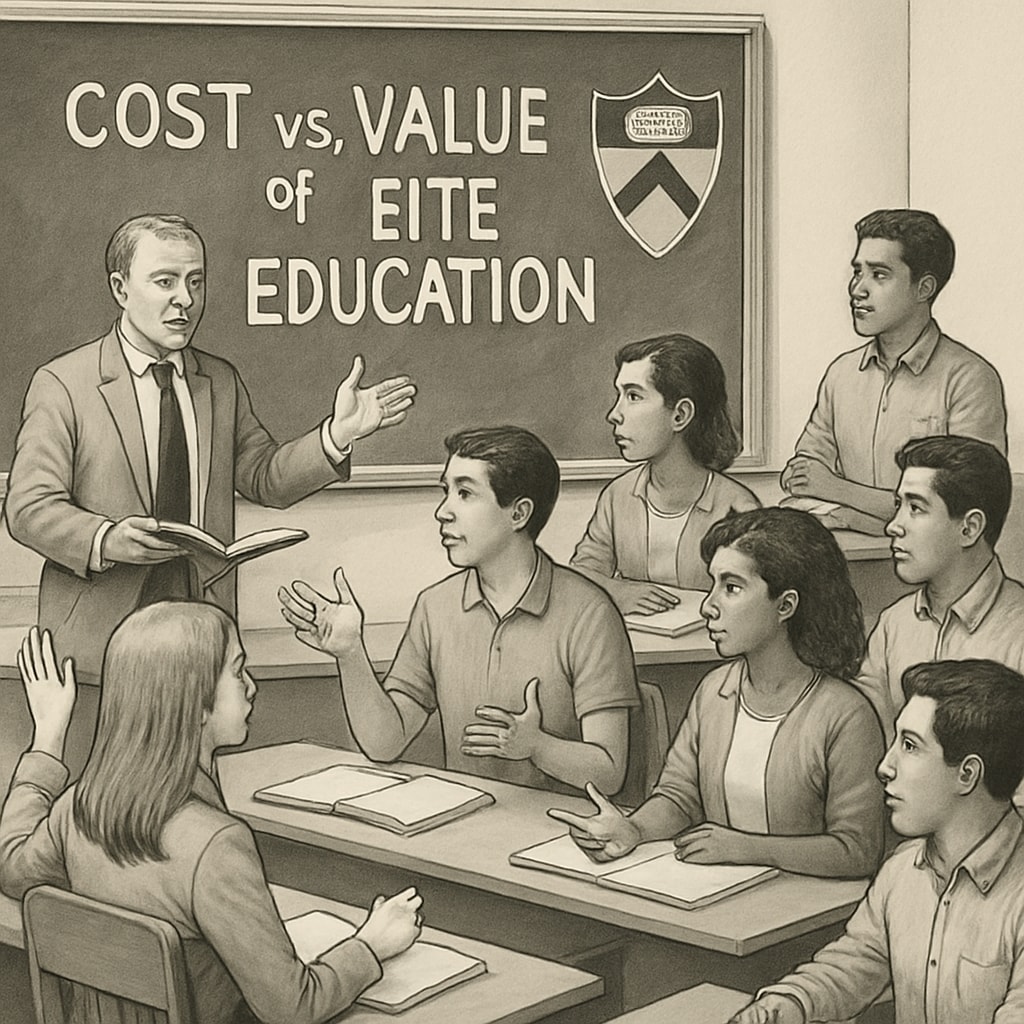For decades, institutions like Princeton and other Ivy League universities have held an almost mythical status in the world of higher education. However, are we overvaluing these elite schools? While their prestige is undeniable, it’s worth questioning whether their actual educational value and return on investment truly justify the hype. This article delves into the admissions mechanisms, costs, and long-term benefits of these universities to assess if their reputation is more about perception than substance.
Unpacking the Admissions Process: Prestige vs. Accessibility
One of the primary drivers of the Ivy League’s reputation is their highly selective admissions process. Schools like Princeton often boast acceptance rates below 5%, leading many to believe that securing a spot guarantees unparalleled opportunities. However, this exclusivity often reflects resource-driven advantages rather than broader accessibility. For instance, students from affluent families tend to have better access to preparatory resources, private tutoring, and alumni networks, giving them a significant edge in the admissions race.
This raises important questions about equity and meritocracy. Are these universities truly selecting the “best and brightest,” or are they perpetuating existing social hierarchies? A closer look at their admissions criteria suggests that wealth and privilege play a substantial role, which undermines the ideal of equal opportunity.

The Cost of Prestige: Is It Worth the Investment?
Another factor to consider is the financial burden associated with attending Ivy League institutions. While schools like Princeton often have generous financial aid packages, the sticker price can exceed $80,000 per year when considering tuition, fees, and living expenses. For many families, even with aid, this represents a significant financial commitment.
Critics argue that similar academic and career outcomes can be achieved at state universities or less expensive private colleges. For example, analysis from Britannica shows that mid-tier universities increasingly provide competitive opportunities in fields like technology and finance. Moreover, when adjusted for student debt, the long-term financial advantage of an Ivy League degree becomes less pronounced.
Therefore, it’s vital to ask: Are students paying for education, or are they simply buying into a prestigious network?

Do Ivy League Schools Deliver Tangible Outcomes?
Despite the high costs, Ivy League universities continue to dominate rankings and boast impressive graduation rates. However, the actual outcomes for graduates, in terms of career success and life satisfaction, vary widely. Much of their perceived success is tied to their alumni networks and the doors these connections open, rather than the education itself.
Interestingly, studies have shown that the career trajectories of Ivy League graduates and those from less selective schools often converge after a few years in the workforce. As Wikipedia notes, factors like resilience, adaptability, and personal drive often outweigh the name of the institution when it comes to long-term success.
Rethinking the Purpose of Education
Ultimately, the debate over Ivy League schools forces us to reconsider the purpose of education. Should it primarily serve as a stepping stone to elite circles, or should it foster critical thinking, creativity, and social mobility? While schools like Princeton excel in branding themselves as gateways to success, it’s important to question whether this aligns with broader societal goals.
As we evaluate the true value of these institutions, we must also examine our own biases. The allure of the Ivy League is deeply ingrained in our culture, but this reverence often obscures the need for reform in areas like accessibility, affordability, and inclusivity.
In conclusion, while Princeton and other Ivy League schools undeniably offer unique advantages, their value may not be as universal or transformative as commonly believed. By critically assessing their role in higher education, we can better align our educational goals with the needs of a diverse and evolving society.
Readability guidance: Short paragraphs and clear transitions ensure readability. Lists and examples help clarify complex points. Overuse of passive voice and long sentences is avoided to maintain an engaging and accessible tone.


